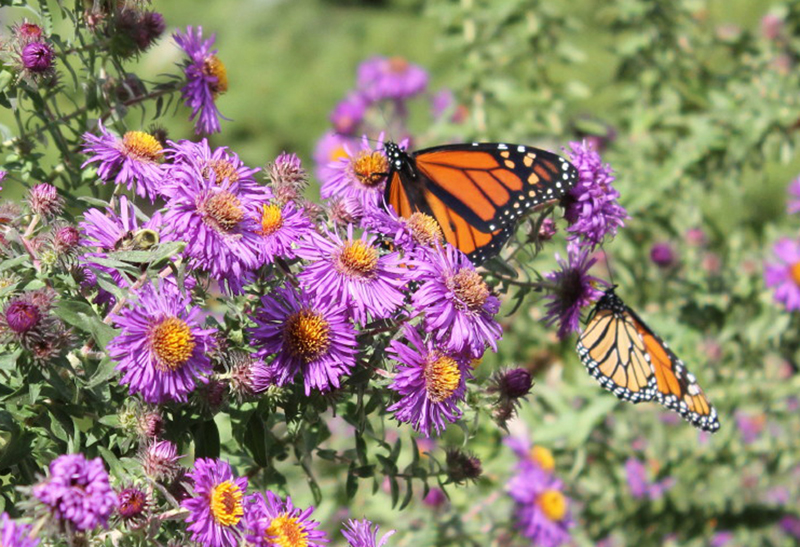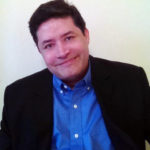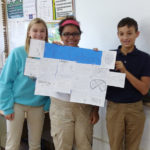By Barb Arland-Fye
Editor
An email arrived with a photo attached that took my breath away. Monarch butterflies, their wings spread, looked like orange and black jewels arrayed on the purple bee balm flowers in the butterfly garden that my husband Steve planted. His note read simply: “I have had some success this summer.”

Monarch butterflies munch on bee balm flowers at the home of Steve Fye and Barb Arland-Fye.
The note and accompanying photo conveys a book’s worth of thoughts, feelings, worries and joys. Steve planted the purple bee balm flowers and milkweed more than a year ago, hoping to do his part in creating habitat for butterflies and bees. We were concerned, like many people, about the decline in the health and population of pollinators in the United States. Many of our fruit and vegetable crops depend on pollinators, such as bees and butterflies. Changes in our environment — from loss of foraging habitat and increased pesticide exposure to pests and lack of genetic diversity, for instance — have devastated the honey bee population (http://tinyurl.com/jhs2z52).
Meanwhile, monarch butterflies, the National Aquarium reports, have been more difficult to spot over the past 20 years. The species is facing a 90 percent population decline, in part, because of the lack of milkweed. The perennial flowering plant is critical to butterflies’ survival, and is the only plant on which monarch butterflies can lay their eggs. (http:/ /tinyurl.com/z4qzy6z).
After Steve and I read articles encouraging people to plant butterfly gardens to boost the pollinator population, we selected a spot in our front yard by the side of the house that offers the best exposure to sunlight. Steve, the true gardener in our family, was disappointed with the results of last year’s labor. Rabbits love our vegetable garden and helped themselves to the nearby milkweed, too! So the butterflies were a no-show. Bees didn’t make an appearance, either.
Steve didn’t give up, and tended to the butterfly garden this year despite an unexpected problem with his back that made it difficult to stand up, let alone walk. Much of his summer has been spent visiting doctors and trying to gauge how much activity his body can tolerate. That’s been especially challenging for someone who thrives on physical activity. In addition, he’s still adjusting to his first year of retirement. Discouragement began to set in.
Then one warm, sunny afternoon last week, Steve saw the monarch butterflies alighting on the purple bee balm flowers. “There must have been 15 of them at one time,” he told me excitedly when I returned home from the office. “And bees were buzzing all over the place.” Witnessing God’s creation at work in Steve’s tiny corner of the world, gave him a sense of wonderment and gratitude.
Also last week, Steve received a call he’d been hoping for. His surgeon set a date for back surgery this month. My husband believes the back surgery will give him a chance at resuming the physical activities that give him a zest for life.
In his letter on “Care for Our Common Home” (“Laudato Si”), Pope Francis observes that “The Spirit of God has filled the universe with possibilities and therefore, from the very heart of things, something new can always emerge (No. 80).” The butterflies and bees cavorting in Steve’s butterfly garden help us to deepen our appreciation of God’s Spirit in the universe.











